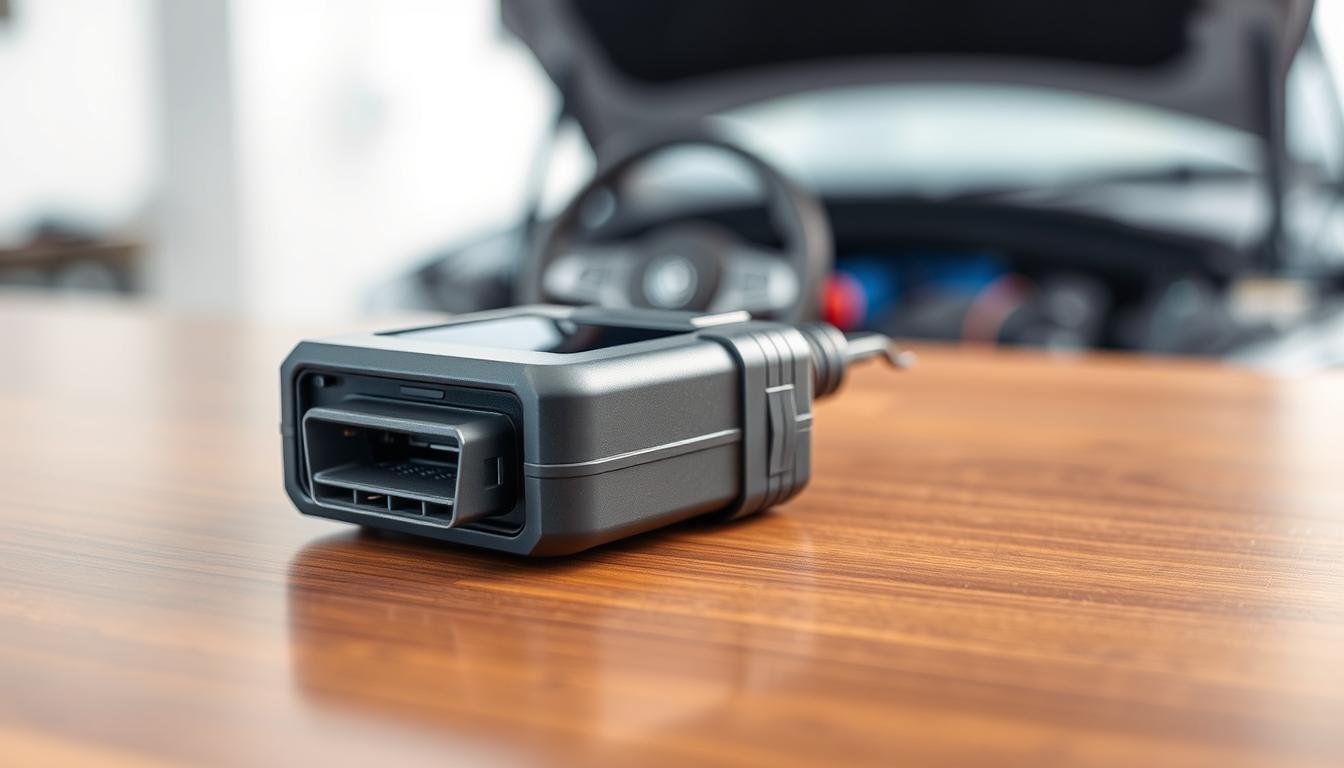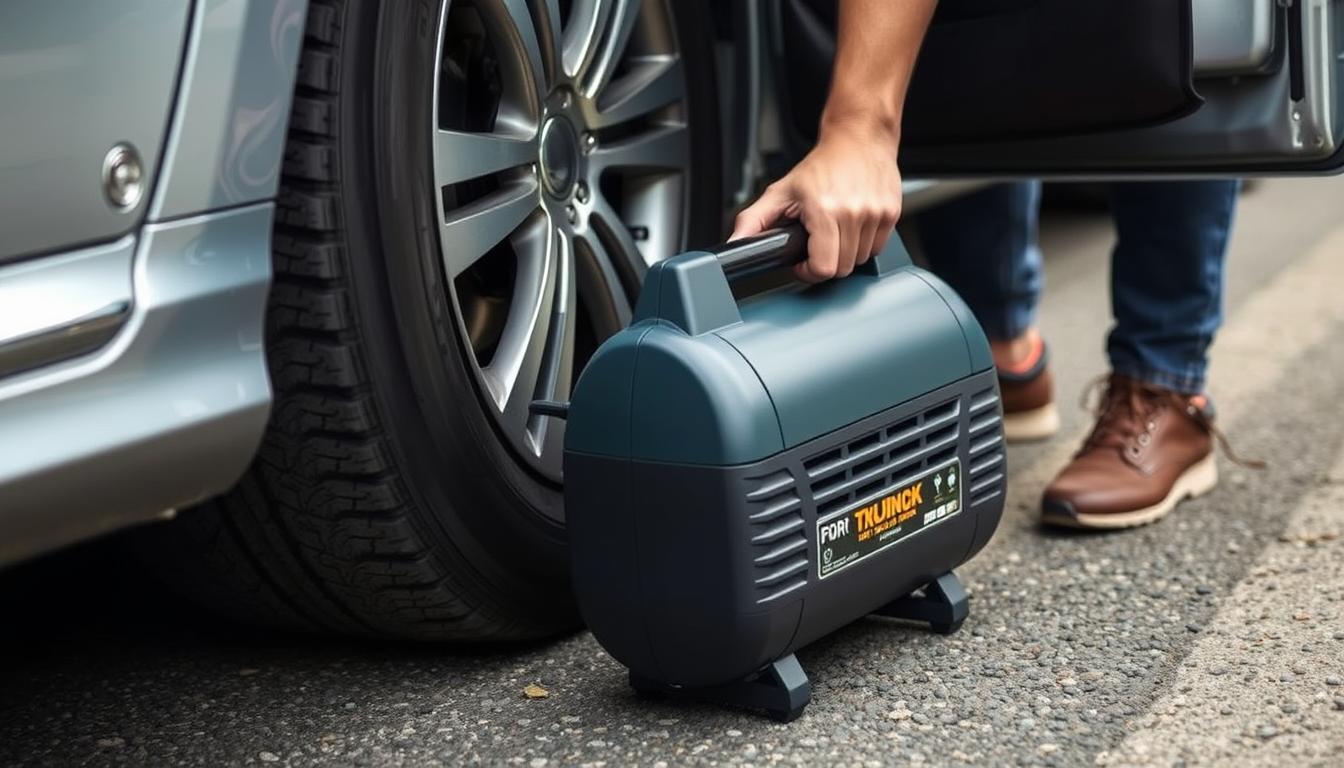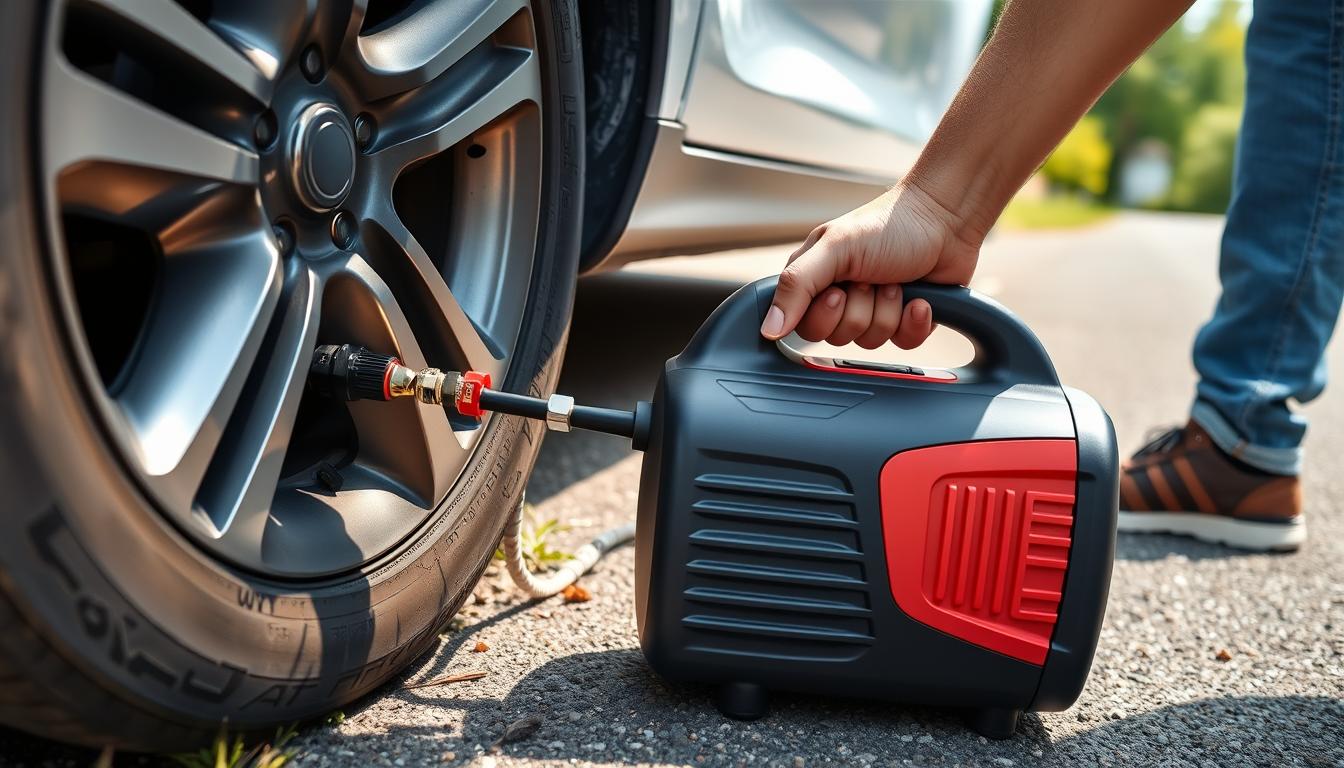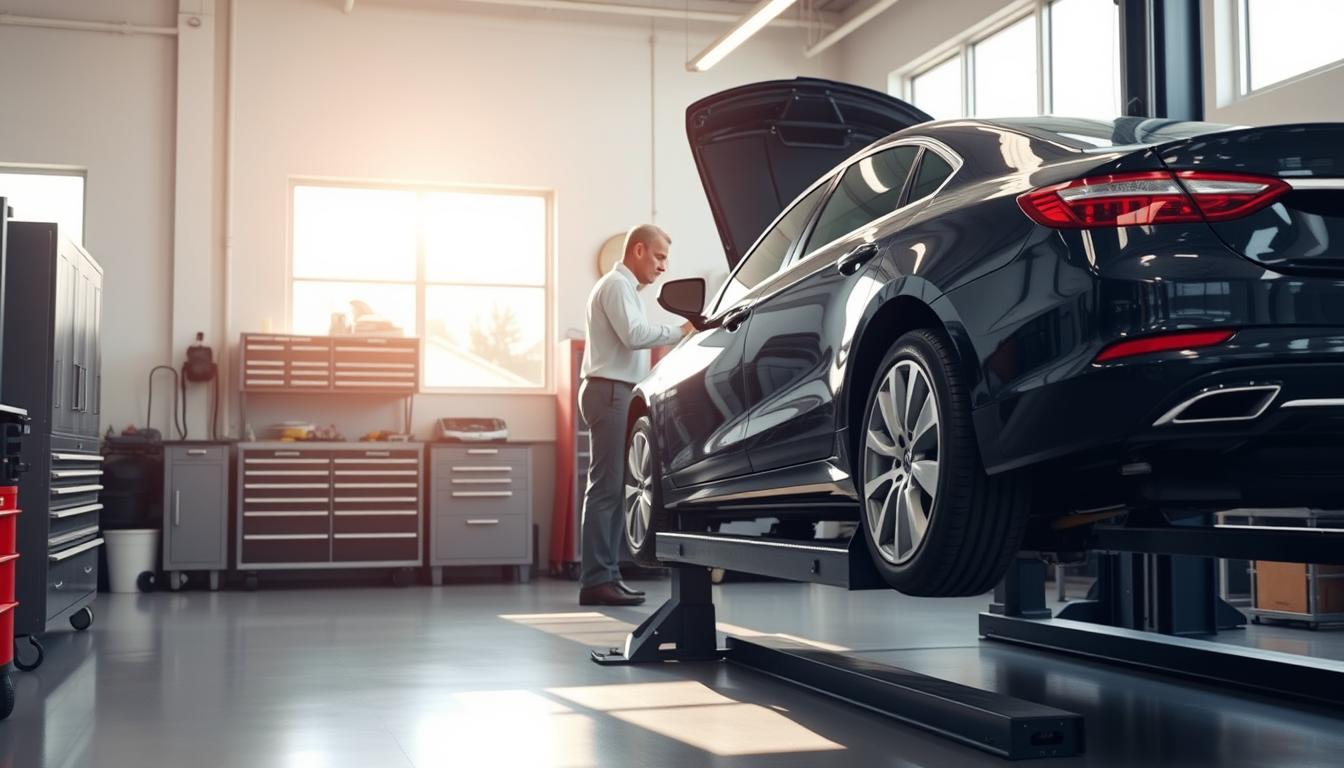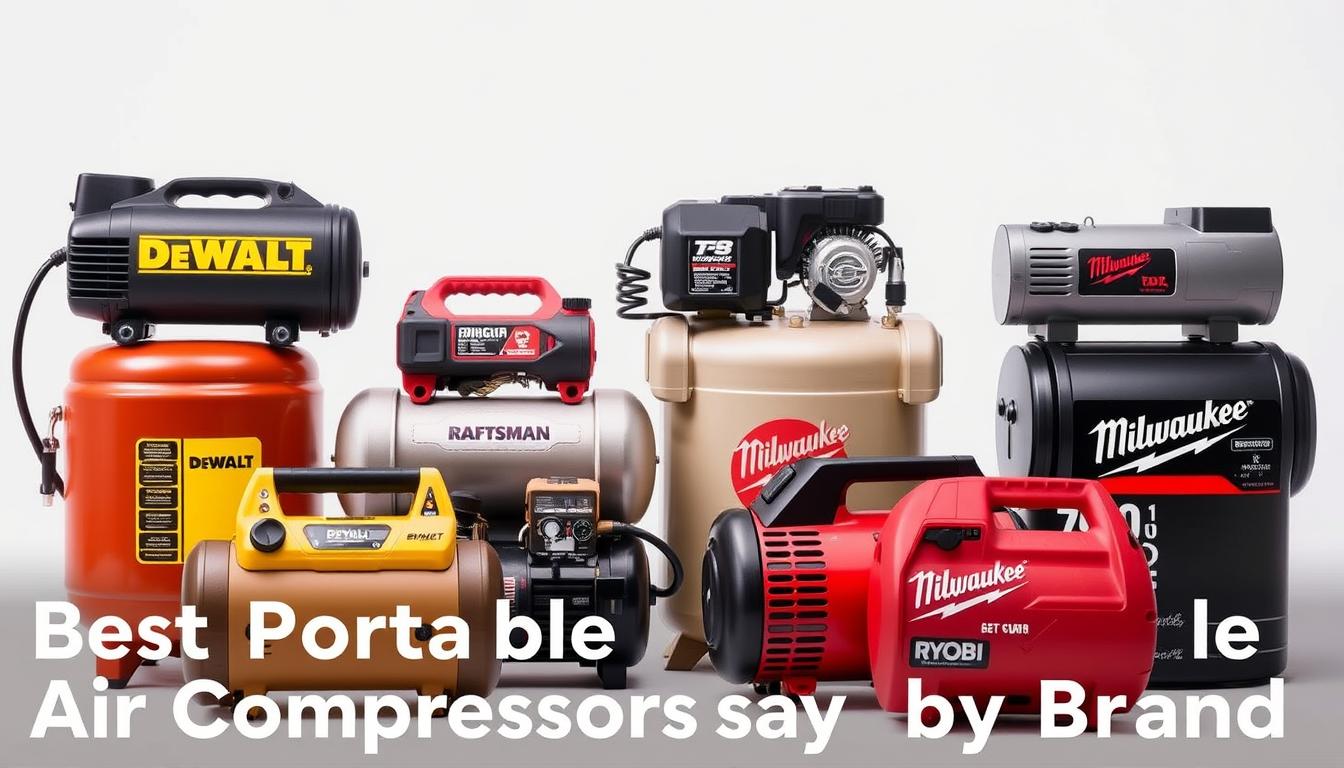
Choosing the right tool brand can make or break your projects. Whether you’re inflating tires, powering tools, or tackling DIY jobs, we’ve narrowed down the top brands trusted by professionals and weekend warriors alike. Let’s break down what makes DeWalt, Craftsman, Milwaukee, and Campbell Hausfeld stand out in a crowded market.
These companies deliver game-changing features like whisper-quiet motors and extended tank capacities. For example, Campbell Hausfeld’s 30-TC model operates at noise levels lower than a conversation, while DeWalt’s oil-free pumps reduce maintenance headaches. Milwaukee takes it further by integrating cordless battery systems for unmatched mobility.
We’ll show you how to match your needs to the right brand. Contractors might prioritize Ridgid’s industrial-grade durability, while home users could prefer Ryobi’s budget-friendly options. Our guide also highlights specific models like the Mi-T-M AM1-PE02-20M with its 2 HP motor – perfect for heavy-duty tasks.
Key Takeaways
- Top brands like DeWalt and Milwaukee offer specialized features for different user needs
- Quiet operation and battery compatibility are key innovations in newer models
- Professional-grade units often include larger tanks and higher horsepower
- Campbell Hausfeld excels in low-noise designs for indoor projects
- Ryobi balances affordability with reliable performance for casual users
Portable Air Compressors: Key Advantages for Home and Job Site Use
Imagine having the power to take your tools wherever the work takes you. Modern units shine in both garage workshops and construction sites, offering unmatched flexibility compared to fixed systems. Whether you’re topping off bike tires or running nail guns, these compact workhorses keep up with your on-the-go lifestyle.
Contractors love how easily they fit in truck beds, while homeowners appreciate rolling them from driveway to basement. One roofing professional told us:
“Since switching to mobile units, I’ve cut my setup time by half. No more tripping over 100-foot hoses!”
Here’s how they perform in different scenarios:
| Application | Home Use | Job Site | Key Benefit |
|---|---|---|---|
| Inflating Tires | Car, bikes, sports equipment | Heavy machinery | Precision pressure control |
| Powering Tools | Brad nailers, staplers | Framing guns, grinders | Consistent airflow |
| Noise Level | Quiet enough for neighborhoods | Hear radio communications | Reduced fatigue |
Smaller tanks (2-6 gallons) handle most quick tasks without hogging storage space. Advanced models even run on batteries, eliminating cord hassles entirely. You’ll spend less time untangling wires and more time completing projects.
For those needing multiple tools simultaneously, larger 10+ gallon options maintain steady airflow. Their balanced designs make loading into vehicles easier than ever – no more strained backs from heavy equipment.
Exploring Different Types and Features
Not all tools are created equal – especially when it comes to powering your projects. Let’s explore how different designs match specific needs, whether you’re inflating pool toys or running industrial nailers.
Types of Tools and Their Ideal Uses
Oil-free models shine for weekend warriors. They skip messy maintenance and work well for seasonal tasks. Need something tougher? Oil-lubricated versions handle daily abuse from framing guns and sandblasters.
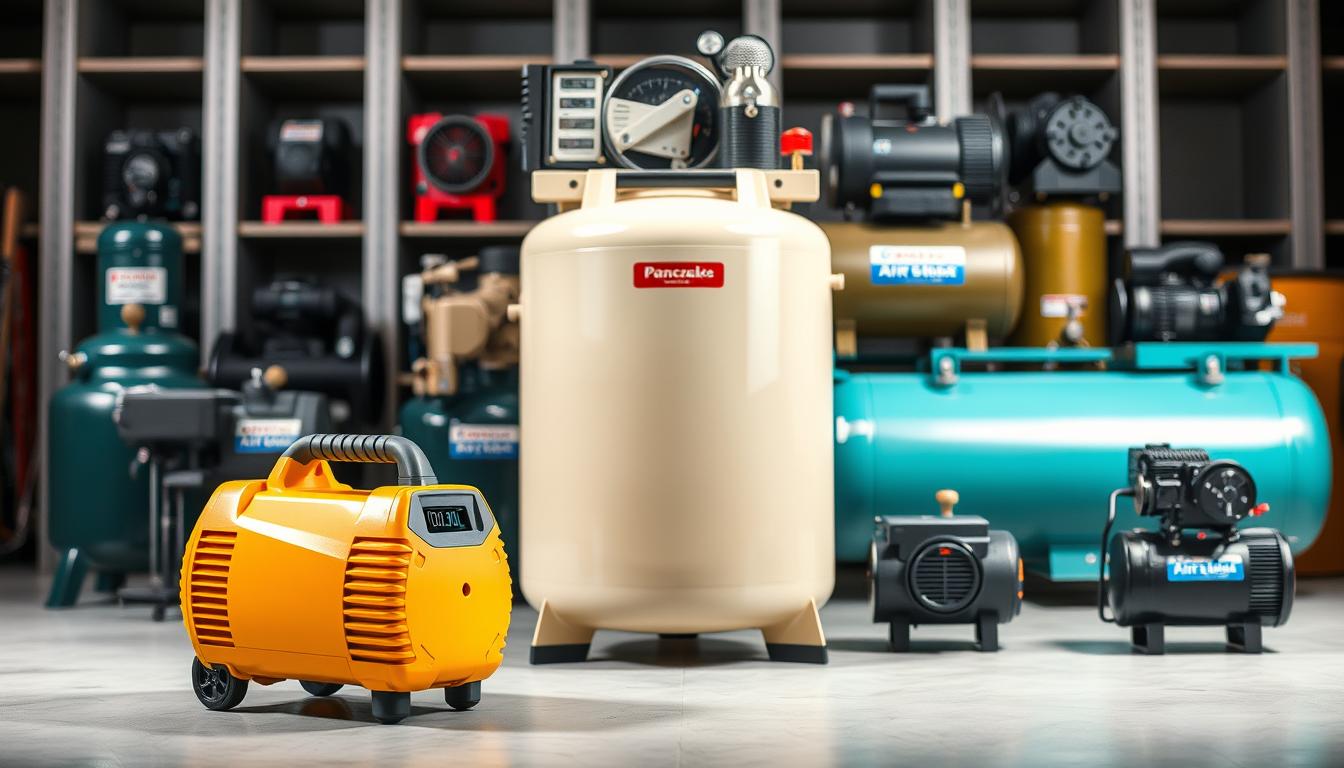
Vertical units save precious garage space by standing tall. Horizontal designs? They won’t tip over when you’re dragging hoses across uneven ground. Twin-stack configurations pack double the punch – ideal for roofers needing continuous airflow.
Key Features and Specifications
Size matters when choosing storage capacity. Check this comparison:
| Tank Size | Best For | Runtime |
|---|---|---|
| 1-3 gallons | Inflating tires | 5-10 minutes |
| 6-10 gallons | Finish nailers | 15-30 minutes |
| 20+ gallons | Industrial tools | Hour+ |
Horsepower determines how fast tanks refill. A 2 HP motor cuts wait times between tasks. Newer models with thermal protection prevent burnout during summer heat.
We love how oil-free technology eliminates filter changes. One contractor shared:
“Switching saved me $200/year in maintenance – now I just plug and play.”
Pancake-style units fit under workbenches, while twin-tank designs keep tools running longer. Your selection depends on balancing portability with power demands.
Understanding Pressure Ratings: PSI vs. CFM
Ever wonder why some projects stall mid-task while others flow smoothly? The answer often lies in two critical numbers: PSI and CFM. These ratings determine whether your equipment keeps pace with demands or leaves you waiting.
What PSI Measures in Pneumatic Systems
PSI (pounds per square inch) acts like water pressure in a hose. It shows how much force pushes air through your tools. A framing gun might need 90 PSI to drive nails effectively, while inflating tires could require just 35 PSI. Mismatched pressure risks tool damage or incomplete jobs.
One mechanic shared:
“Using 120 PSI on a 90 PSI nailer destroyed its seals – cost me $150 in repairs.”
The Role of CFM in Delivering Air Power
CFM (cubic feet per minute) measures airflow volume. High-CFM units feed hungry tools like sanders or spray guns without lag. Check this comparison:
| Tool | PSI Range | CFM Needed |
|---|---|---|
| Brad Nailer | 70-90 | 0.3 |
| Impact Wrench | 90-100 | 4-5 |
| Paint Sprayer | 40-60 | 5-7 |
Running multiple tools? Add their CFM needs plus 30% buffer. This prevents your system from gasping for air during peak use. Remember – CFM determines runtime before the motor kicks back on.
Balance both ratings for best results. A 4 CFM unit at 90 PSI handles most DIY jobs, while contractors might need 10+ CFM for simultaneous tool use. Get this right, and you’ll work smarter – not harder.
Enhancing Your Setup with Air Compressor Accessories
The right add-ons can elevate your tool’s capabilities from basic to professional-grade. We’ll show you how to build a system that handles everything from delicate crafts to heavy-duty repairs.
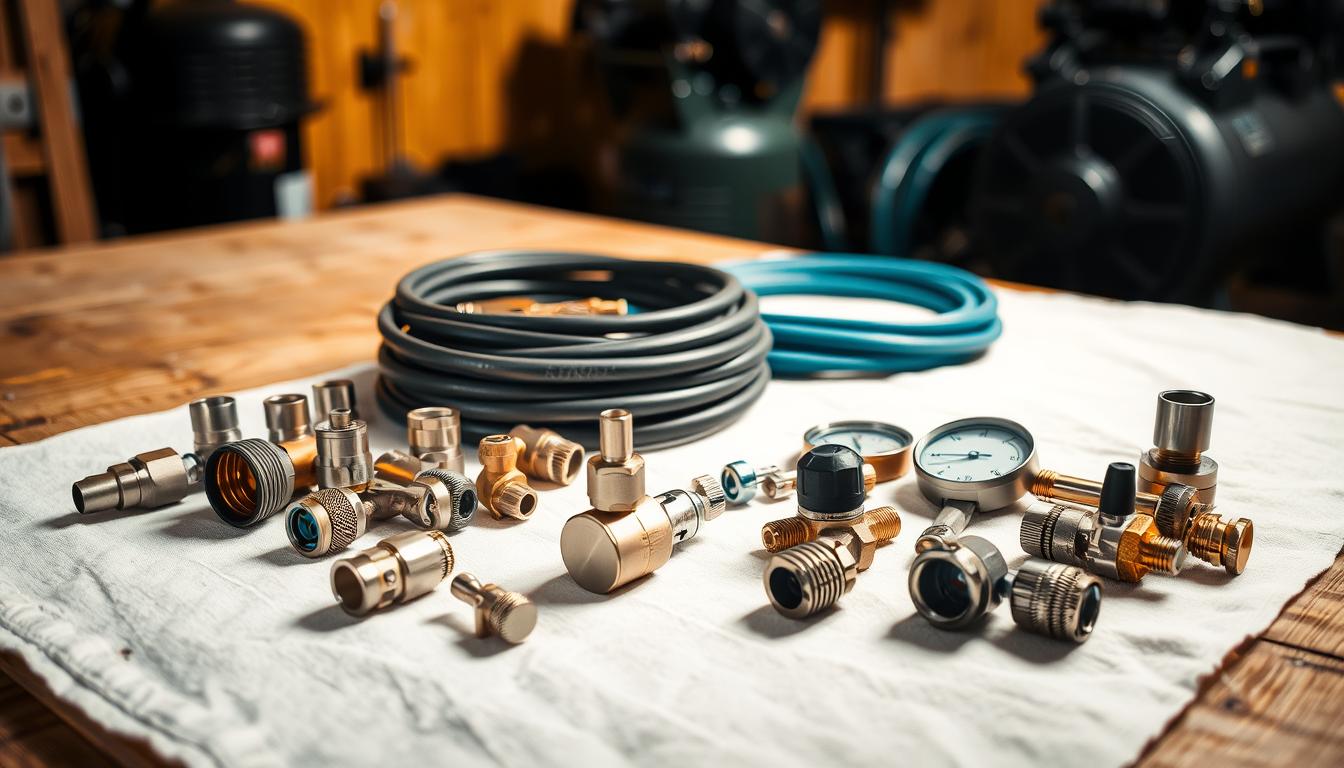
Essential Add-Ons for Peak Performance
Quality hoses make or break your workflow. Thinner lines (1/4″) work for light tasks, while 3/8″ diameters maintain pressure for sanders. A contractor noted:
“Upgrading to hybrid hoses cut my setup time by 20 minutes daily – no more kinks or pressure drops.”
These components form your toolkit’s backbone:
| Accessory | Best Use | Key Benefit |
|---|---|---|
| Quick-connect couplers | Multi-tool setups | Swap tools in seconds |
| Digital pressure gauge | Precision tasks | ±1 PSI accuracy |
| Inflator kit | Sports equipment | 15+ nozzle types |
Kits beat piecemeal purchases. A $50 starter pack often includes:
- Leak-resistant fittings
- Multi-size valve adapters
- Storage case with dividers
Don’t overlook organization. Wall-mounted reel systems keep workspaces tidy and protect hoses from abrasion. Rolling carts with tool holders let you move your entire setup across job sites effortlessly.
Investing in these game-changers ensures you’re ready for any project. As one woodworker shared:
“Proper accessories turned my basic unit into a finish carpentry powerhouse.”
Conclusion
The right pneumatic tool can transform how you tackle projects. We’ve walked through matching technical specs to your needs – from garage repairs to construction tasks. Understanding PSI/CFM balance helps avoid underpowered tools, while smart accessories boost your setup’s capabilities.
Top brands like Campbell Hausfeld deliver distinct advantages. Their quiet models excel in neighborhoods, while DeWalt’s rugged designs handle worksite demands. Whether you shop online or visit local stores, compare product warranties and tank sizes carefully.
This investment pays off through savings on repairs and faster project completion. Compact units fit in truck beds, while industrial-grade compressors power multiple tools. Now you’re ready to choose equipment that grows with your skills – no more guessing at what works best.
FAQ
How do I choose between brands like DeWalt and Milwaukee?
Consider your existing tools and workflow. DeWalt offers strong compatibility with their 20V MAX system, while Milwaukee’s M18 platform excels in runtime. For home use, Craftsman’s affordable twin-stack models provide great value without sacrificing durability.
Why does CFM matter more than PSI for some tools?
PSI (pounds per square inch) determines pressure, but CFM (cubic feet per minute) measures airflow volume. High-CFM models from brands like Ridgid work better for sustained tasks like sanding, while lower CFM units suffice for intermittent jobs like tire inflation.
Are oil-free compressors worth the trade-offs?
Oil-free models from Ryobi or Campbell Hausfeld require less maintenance and are lighter, making them ideal for casual users. However, oil-lubricated compressors typically last longer under heavy use—perfect for job sites where reliability matters most.
What accessories do I need for basic home projects?
Start with a quality coiled hose (25’ minimum), quick-connect couplers, and a tire chuck. For painting or detailing, add a moisture filter. Brands like Flexzilla offer durable kits that pair well with most twin-tank models.
How big of a tank do I really need?
For inflating tires or small pneumatic tasks, 3-6 gallon tanks work well. If running grinders or impact wrenches, opt for 10+ gallon capacities. Look for “dual-stack” designs like those from Kobalt—they save space while maintaining air reserves.
Can I use my car’s power outlet for compressors?
Only for low-draw units under 15 amps. Most 120V models from DeWalt or Makita require standard outlets. For off-grid use, consider DC-powered options or hybrid models with built-in batteries like Milwaukee’s M18 inflator.
What’s the main advantage of twin-tank designs?
Twin tanks (like Craftsman’s 6-gallon model) deliver steadier airflow and reduce motor cycling. This setup extends tool runtime for spray painting or stapling—perfect for weekend warriors tackling multi-step projects.
How do I maintain my unit between seasons?
Drain tanks after each use to prevent rust. Check belt tension on belt-driven models annually. For oil-free types, clean intake vents every 50 hours. Most brands like Husky include detailed care guides with purchase.
Are extended warranties worth it for home users?
It depends on usage. Brands like Porter-Cable offer strong 3-year included warranties. Heavy DIYers might benefit from extended coverage, while casual users can often rely on standard protections—just keep receipts!
What safety features should I prioritize?
Look for thermal overload protection (common in Ridgid models), pressure relief valves, and rubber-coated handles. For job sites, units with low-amp startup prevent circuit tripping. Always check for UL certification before purchasing.
